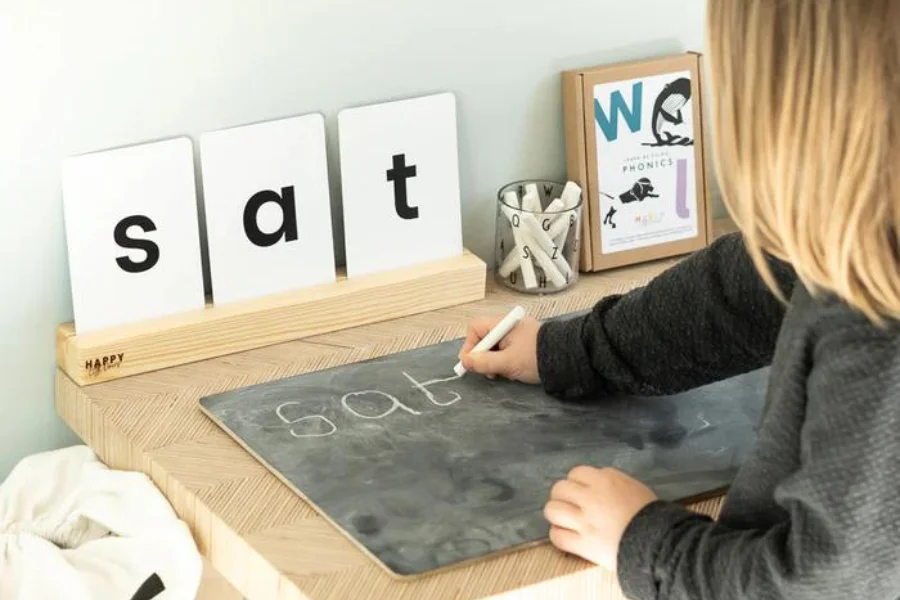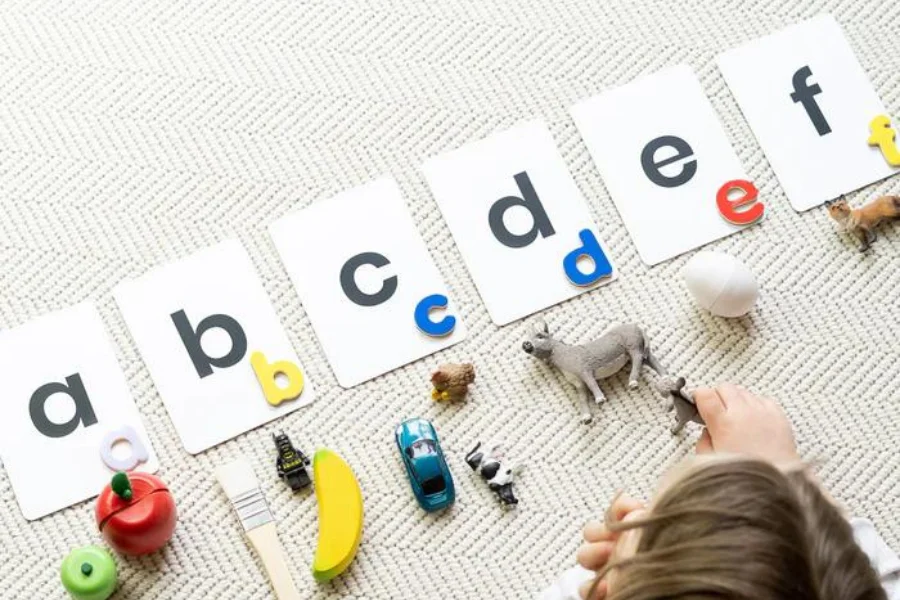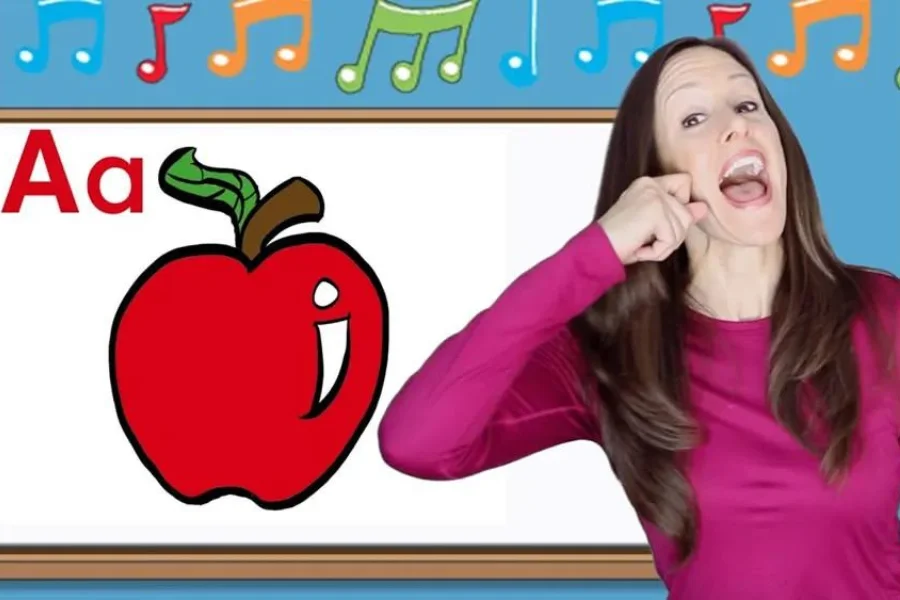
Source: readingeggs
‘Phonics’ being an indispensable part of Early Education, makes parents and educators wonder- What is Best Way to Teach Phonics? It is a crucial question because the chosen teaching approach can significantly impact reading and language development in children.
In analyzing- What is Best Way to Teach Phonics? it is necessary to familiarize practical approaches that are engaging for young children. This article aims to shed light on different phonics teaching approaches, supporting you in understanding “What is Best Way to Teach Phonics?”, which has advantages for young learners.
Phonics is a basal model of learning to read and write, and regularly, teachers and parents enquire, “What is Best Way to Teach Phonics?” It is a crucial question in the minds of parents and early educators as the phonics teaching approaches intensely affect children’s language skill advancement. Here, we explore this question through a step-by-step instruction that highlights effective strategies for teaching phonics.
Step 1: Initiate with teaching primary letter sounds.
The voyage to answer “What is Best Way to Teach Phonics?” begins with teaching key letter sounds. Step 1: Initiate with teaching primary letter sounds, which involves helping children identify and pronounce the sounds each letter of the alphabet makes. It sets the foundation for understanding how letters combine to form words.
Step 2: Instruct in the combination and division of basic 2-3 letter words.
Once primary letter sounds are established, the next is Step 2: Instruct in the combination and division of basic 2-3 letter words. This step reinforces the concept of how letters come together to create simple words, an essential skill in phonics education.
Step 3: Encourage reading of sentences composed of 2-3 letter words.
Step 3: Encourage reading of sentences composed of 2-3 letter words is the next step in understanding- What is Best Way to Teach Phonics? It helps children apply their knowledge of letter sounds and word foundation in a practical perspective, improving their reading fluency.

Source: shopify
Step 4: Introduce sounds of digraphs.
Step 4: Introduce sounds of digraphs- includes teaching two letters that sound one (like ‘sh’ in the ship). It is a crucial stage in phonics training, as it develops a child’s understanding of how letter blends can create different sounds.
Step 5: Guide in blending and breaking down simple 4-5 letter words.
This Step 5: Guide in blending and breaking down simple 4-5 letter words, involves teaching students to sound out words and break them into separate phonemes, which is an important skill in reading.
Step 6: Facilitate sentence reading with 4-5 letter words.
Step 6: Facilitate sentence reading with 4-5 letter words- helps children apply their phonics skills in more complex reading scenarios. It is an essential stage in answering- What is Best Way to Teach Phonics? as it improves ability and fluency.
Call / Whatsapp us at +919869866277 / +919869546913 for further details of the Phonics Course at VES.
Download the Phonics Course brochure by Clicking Here.
Step 7: Teach blending and segmenting words with basic digraphs.
Step 7: Teach blending and segmenting words with basic digraphs- further concentrates on developing a child’s phonics skills. It involves combining and separating sounds within words that include digraphs, adding complexity to their phonetic understanding.
Step 8: Educate on phonics principles.
Step 8: Educate on phonics principles- involves educating children on the more expansive principles of phonics. It includes understanding phoneme manipulation, where sounds in words are added, withdrawn, or replaced, to create new words.

Source: shopify
Step 9: Explain varied spellings for phonetic sounds.
Step 9: Explain varied spellings for phonetic sounds focus on diverse spellings for phonetic sounds and direct the difficulty of the English language. It helps children understand there are multiple ways to pronounce the same sound.
Step 10: Advance to more complex word blending and segmenting.
Step 10: Advance to more complex word blending and segmenting is crucial and involves dealing with longer words and introducing more intricate phonics concepts.
Step 11: Introduce and teach challenging and sight words.
Step 11: Introduce and teach challenging and sight words- an essential step in phonics education, involves teaching words that cannot easily be sounded out.
Step 12: Move onto teaching trigraphs.
Step 12: Move onto teaching trigraphs, which adds another layer of complexity to phonics learning by focusing on three letters coming together to make a single sound (like ‘igh’ in light).
Step 13: Enhance reading skills with complex sentences and texts.
Finally, Step 13: Enhance reading skills with complex sentences and texts, is the culmination of phonics education. It involves applying all the skills learned in previous steps to read and understand more challenging material.
Interpreting “What is Best Way to Teach Phonics?” involves a developmental and integrated approach to mastering each skill. By following these steps, educators and parents can efficiently instruct students through the voyage of learning phonics, laying a strong base for their reading and writing techniques.
Call / Whatsapp us at +919869866277 / +919869546913 for further details of the Phonics Course at VES.
Download the Phonics Course brochure by Clicking Here.

Source: ytimg
Phonics Class for Teachers
An essential aspect of early literacy education- Phonics, often compels educators to ask- What is Best Way to Teach Phonics? Realizing this need, Vidhyanidhi Education Society (VES) presents an impactful Phonics Class for Teachers. It is tailored to equip aspiring educators with the skills and expertise necessary to apply phonics approaches successfully in a classroom.
Below are the key attributes of the Phonics Class for Teachers at VES:
18-Hours Intensive Training
Through this course, VES provides an in-depth, 18-hour intensive training to ensure trainees are well-versed in phonics teaching methodologies.
UK-based Synthetic Phonics Learning
VES’s Phonics class is inspired by the famous UK-based Synthetic Phonics Learning Methodology, a widely acknowledged approach for its efficacy in phonics instruction.
Audio-Visual Instruction Aids
Lectures at VES are enhanced through audio-visual teaching aids, creating an engaging and effective learning environment.
Creative Sounds Illustration
Trainees learn to illustrate sounds in captivating ways using jingles, poetry, stories, plays, acts, etc.
Comprehensive Training of all 42 Sounds
The course shelters all 42 sounds, containing letter sounds and digraphs, ensuring inclusive understanding and practice.
Mock drills
To reinforce learning, the Phonics Class for Teachers includes mock drills, providing practical, hands-on experience.
Doubt-Solving and Question-Answer Sessions
VES offers opportunities for clarification and deeper understanding through these sessions that are integral to the course.
The class offered by Vidhyanidhi Education Society (VES), not only answers- What is Best Way to Teach Phonics?, but also offers a well-structured path for aspiring educators to enhance their Phonics instruction techniques. By enrolling in the Phonics Class for Teachers, educators gain valuable visions and essential skills for teaching phonics successfully. This class is not just about understanding the basics, it is about enhancing a trainee’s approach to phonics instruction, making it a more dynamic, collaborative, and flourishing approach to developing reading and writing skills in children.
The Phonics Class for Teachers is an important resource for educators seeking to answer the question, “What is Best Way to Teach Phonics?” and to bloom in phonics training. By engaging with this program, teachers are better provided to nurture a more inspiring and effective learning atmosphere for their students, concrete the way for education success.
Join Vidhyanidhi’s Phonics Course – Elevate your teaching skills now!
Call / Whatsapp us at +919869866277 / +919869546913 for further details of the Phonics Course at VES.
Download the Phonics Course brochure by Clicking Here.
What is Best Way to Teach Phonics
FAQs
What is the most effective phonics approach?
The most effective phonics method is systematic and synthetic, focusing on teaching letter sounds and blending them.
What is a good way to teach phonics?
A good way to teach phonics is through organized, structured lessons with interactive, multisensory activities.
What are the two methods of teaching phonics?
Two ways of instructing phonics are Synthetic Phonics, directing on sounds and blending, and Analytic Phonics, highlighting whole words and letter-sound interactions.



